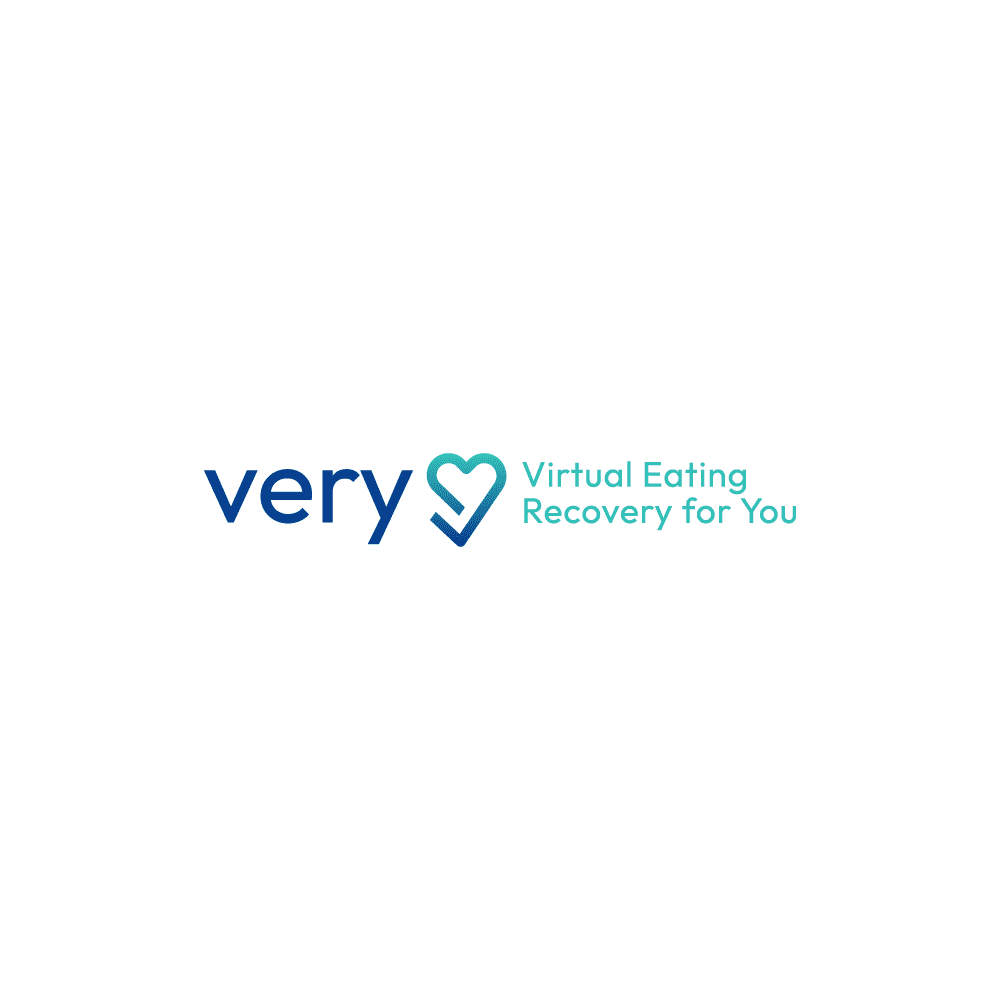Choosing when to re-implement exercise back into one’s life during recovery can be tricky, especially if they’ve previously engaged in compulsive exercise patterns.
Although compulsive exercise is not officially classified as a diagnosis in the DSM-5 due to the lack of sufficient research, it’s an issue that many individuals with eating disorders struggle with. While incorporating exercise into recovery may be beneficial for some people at certain stages of recovery, it may be highly triggering for others and increase the possibility of potential relapse. Therefore, it’s crucial to first consult with your treatment team before making any changes, including exercise, to the recovery plan.
To gain a better understanding of when exercise should be implemented into recovery appropriately, as well as when it shouldn’t, here’s everything you should know.
What is Compulsive Exercise?
Compulsive exercise refers to an unhealthy pattern of exercise that becomes excessive and, especially for those with eating disorders, often driven by the need to control weight, shape, or body image. It is common for compulsive exercisers to feel an overwhelming urge or need to exercise despite any of the physical consequences or exhaustion they may experience.
Individuals with eating disorders may engage in compulsive exercise as a means of compensating for food intake, burning off calories, or alleviating feelings of guilt or shame related to eating.
Some of the most common symptoms of compulsive exercise include:
- Exercising excessively beyond what is necessary for physical health or enjoyment
- Feeling anxious or guilty when unable to exercise
- Prioritizing exercise over other responsibilities or activities
- Continuing to exercise despite injury or illness
- Experiencing distress if unable to maintain a regular exercise routine
- Using exercise as a means of purging or compensating for food intake
- Experiencing negative consequences on physical health or social life due to excessive exercise patterns
If you or a loved one is experiencing any symptoms of compulsive exercise, it’s most likely a sign that exercise shouldn’t be a priority at this stage of your recovery. Compulsive exercise can exacerbate the physical and psychological effects of eating disorders in detrimental ways, so it’s crucial to consult with a treatment team before implementing any exercise routine into your recovery.
When Exercise Becomes Harmful in Recovery
For those with eating disorders, it can be difficult to know when you’ve gotten to a place where it’s healthy to start re-implementing exercise back into your life. To avoid causing a potential relapse, here are some scenarios where exercise may still be harmful during recovery:
- Engaging in exercise to attain or maintain a specific body shape or weight
- Exercising as a means of compensating for food intake or to burn off calories
- Relying on exercise as a coping mechanism for stress, emotions, or difficult situations
- Exercising solely out of obligation or compulsion, rather than finding joy or satisfaction in physical activity
- Allowing exercise to interfere with progress in recovery, such as prioritizing exercise over therapy sessions, meal plans, or other treatment aspects
Engaging in Healthy Exercise in Eating Disorder Recovery
In eating disorder recovery, it’s essential for individuals to work with a treatment team of specialized providers, such as therapists, dietitians, and primary care providers, to establish a balanced approach to exercise that supports one’s health without compromising progress made in recovery. Oftentimes, this involves redefining the purpose of exercise, setting appropriate boundaries, and learning to engage in physical activity in a mindful and enjoyable manner.
What is Mindful Exercise?
Mindful exercise involves engaging in physical activity focused on pleasure and joy rather than compensation or punishment. According to research, the main components of mindful exercise include establishing awareness, joy, acceptance, self-compassion, and purpose in one’s exercise approach. Using this model of exercise encourages individuals in recovery to reevaluate their approach to exercise to find joy and positivity in movement while also building a better relationship with one’s body image.
Some common forms of mindful exercise include:
- Yoga
- Walking
- Stretching
- Jogging
- Meditation
- Tai Chi
- Swimming
- Dancing
Remember: No matter what form of exercise you prefer, it should always be approached with a zero-judgment, positive mindset. The goal of mindful exercise is to discover movement that brings you true joy and happiness in your recovery journey.
Tips for Returning to Exercise Safely
When reintroducing exercise back into one’s life in eating disorder recovery, it’s essential to be aware of your body, know your limits, and know when it’s time to rest. To prevent potential triggers or relapses from occurring, here are some practical tips for safely implementing exercise during recovery:
- Consult with your treatment team: Before starting any exercise routine, or making any recovery plan changes, always discuss your plans and intentions with your treatment team
- Set realistic goals: Begin with small, achievable activities that prioritize joy and well-being over fitness or weight-related outcomes
- Practice mindfulness: Pay attention to your body’s signals during exercise and check in with yourself regularly to ensure you have positive intentions surrounding the movement
- Choose gentle activities: Opt for low-impact exercises that emphasize enjoyment and relaxation instead of high-intensity workouts, which may trigger feelings of guilt or compulsion
- Establish boundaries: Set boundaries around exercise frequency, duration, and intensity to prevent overexertion or exhaustion
- Prioritize rest: Give yourself plenty of time to rest and include rest days in your schedule to allow yourself the flexibility to adapt to your routine based on how you’re feeling
- Practice self-compassion: Be kind to yourself and accept that setbacks may occur, and celebrate your progress by prioritizing self-care above all else
- Monitor for warning signs: Stay vigilant for any signs of relapse or disordered behaviors related to exercise, and if you notice any red flags, reach out to your treatment team right away for support
Find Recovery Support with VERY
One proven highly beneficial aspect for many individuals in recovery is having community support, as it provides continuous understanding, empathy, and encouragement when navigating the struggles often faced in recovery.
The RecoVERY Community is designed for individuals with all types of eating disorders to gain valuable community support, beneficial recovery resources, and live support from specialized providers. Join the community for free today to see how it can help you reimagine your relationship with food and body image.
Have questions? Schedule a free consultation to speak with our team about how we can support you or a loved one in making a lasting, successful recovery.




